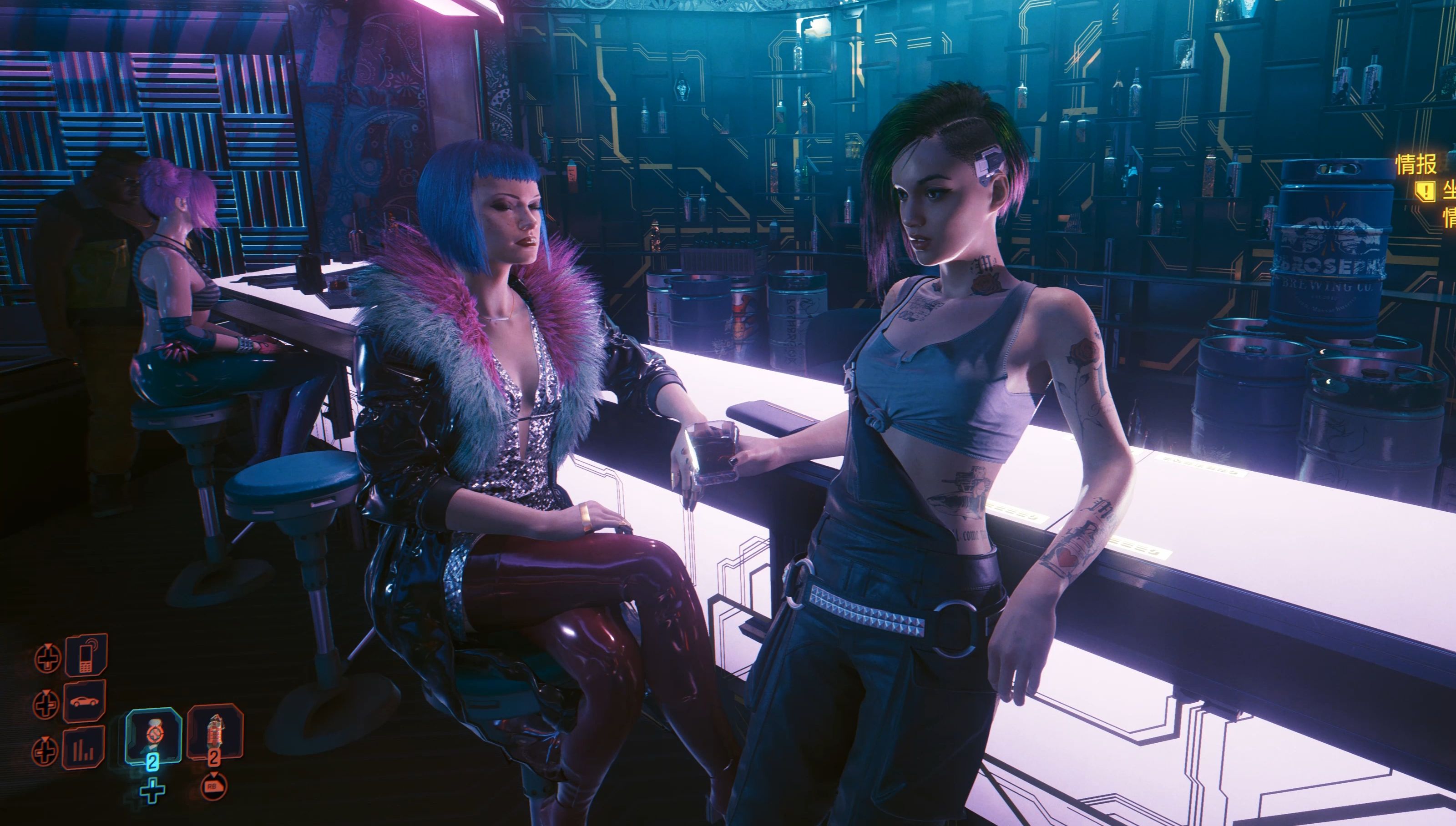Is Fire Emblem a JRPG That Has a System for Learning New Magic?
The Fire Emblem series, developed by Intelligent Systems and published by Nintendo, stands as one of the most influential and enduring franchises in the Japanese role-playing game (JRPG) genre. Known for its tactical grid-based combat, deep character relationships, and permadeath mechanics, the series has also frequently incorporated magic as a core element of its gameplay and world-building. But does Fire Emblem qualify as a JRPG that features a dedicated system for learning new magic? The answer is nuanced: while magic is integral to the series, its implementation varies significantly across titles, reflecting the franchise’s evolution and its hybrid identity as both a tactical RPG and a character-driven narrative experience.
The Nature of Magic in Fire Emblem
Magic in Fire Emblem is typically divided into distinct schools, such as Anima (elemental magic), Light (divine or spiritual magic), and Dark (forbidden or sacrificial magic). These categories often interact in a rock-paper-scissors dynamic, similar to the weapon triangle (swords, axes, lances), adding a strategic layer to combat. However, unlike traditional JRPGs such as Final Fantasy or Tales of, where characters often learn spells through leveling up, purchasing tomes, or story progression, Fire Emblem approaches magic acquisition through a combination of class systems, inventory management, and skill progression.
Class-Based Magic Systems
In many Fire Emblem titles, the ability to use magic is tied directly to a unit’s class. For example, in Fire Emblem: The Blazing Blade, a character like Erk begins as a Mage capable of wielding Anima magic, but he cannot use Light or Dark magic unless he promotes to a Sage or Druid, respectively. This class-based system means that learning new magic is less about individual spell progression and more about character advancement through class change. Promotions often unlock new weapon or magic types, effectively "gating" access to higher-tier spells behind class milestones.

Some games, like Fire Emblem: Three Houses, expand on this by incorporating skill levels. Characters can raise their proficiency in Reason (black magic) or Faith (white magic) to unlock new spells at specific skill levels. For instance, a character like Lysithea learns Dark Spikes at Reason Level B+, while Dorothea gains Meteor at Reason Level A. This system blends traditional Fire Emblem class design with a more personalized progression reminiscent of Western RPGs or skill-based JRPGs.
Tomes and Staves: The Inventory Approach
A defining feature of Fire Emblem is that magic is often cast from consumable items: tomes for offensive spells and staves for healing or utility effects. Each tome corresponds to a specific spell, such as Fire, Thunder, or Bolganone. "Learning" magic, in this context, means obtaining new tomes—either through purchase, loot, or forging—rather than characters intrinsically mastering spells. This design emphasizes resource management: players must balance durability, cost, and power when equipping units.
This system contrasts sharply with JRPGs like Dragon Quest, where spells are innate abilities learned through leveling. In Fire Emblem, a Mage may "know" how to cast Fire because they have a Fire tome in their inventory; if the tome breaks, they can no longer cast it. This approach ties magic to the economy and preparation phase of gameplay, reinforcing the series’ strategic identity.
Skill Inheritance and Customization
Later entries have introduced more explicit systems for learning magic. Fire Emblem: Awakening and Fates feature skill systems where characters learn abilities—including magical skills—upon leveling up in certain classes. For example, a Dark Mage might learn "Poison Strike" or "Vengeance" after reaching Level 5 or 10. These skills are often passive or trigger-based rather than active spells, but they still represent a form of magical progression.
Fire Emblem: Three Houses takes this further with its Combat Art and spell list systems. Each character has a unique list of spells they learn automatically upon reaching specific Reason or Faith skill levels. This creates a personalized magic acquisition system that feels more akin to traditional JRPGs, yet it remains grounded in the class and skill-level framework.
Comparative Analysis with Traditional JRPGs
When compared to canonical JRPGs, Fire Emblem’s magic system is distinct in its emphasis on tactics and inventory. Games like Final Fantasy or Persona often use MP-based systems with spell tiers (e.g., Fira, Firaga) unlocked via experience or equipment. Fire Emblem rarely uses MP (exceptions include Gaiden and Echoes: Shadows of Valentia), instead relying on durability-based tomes. This makes magic feel more like a tactical resource than an innate ability.
However, the series does share similarities with JRPGs in its narrative integration of magic. Spells often reflect the world’s lore—such as dark magic being tied to cursed bloodlines in The Binding Blade or crest-based magic in Three Houses. This narrative depth aligns with JRPG traditions where magic is woven into the story and character identities.
Conclusion
Fire Emblem is indeed a JRPG that features systems for learning new magic, but these systems are deeply integrated into its tactical DNA. Rather than a standardized spell progression system, the franchise uses class promotions, skill levels, and item management to facilitate magical growth. This approach may lack the straightforward spell trees of classic JRPGs, but it offers a unique blend of strategy, customization, and narrative cohesion. As the series continues to evolve, its treatment of magic remains a testament to its hybrid nature—a JRPG that prioritizes tactical depth without sacrificing the richness of character and world-building.














